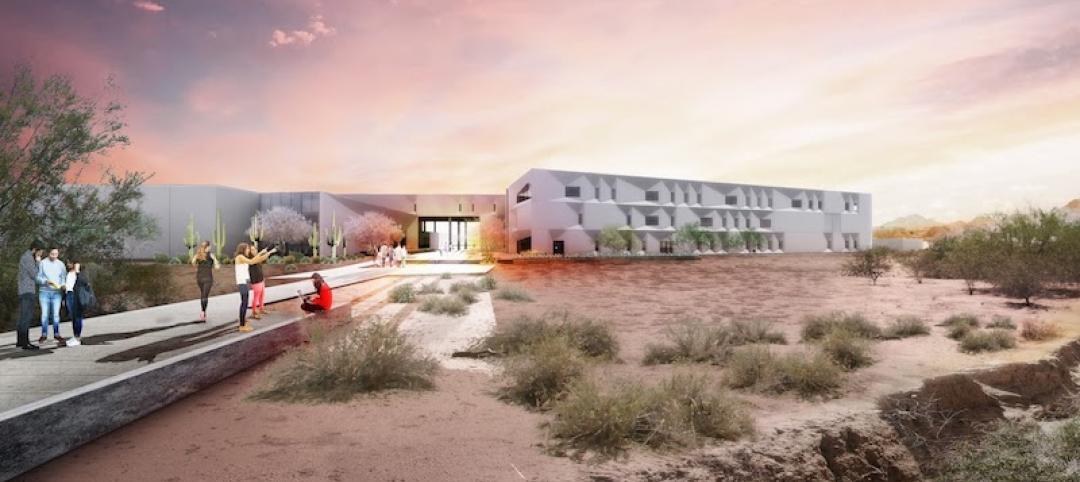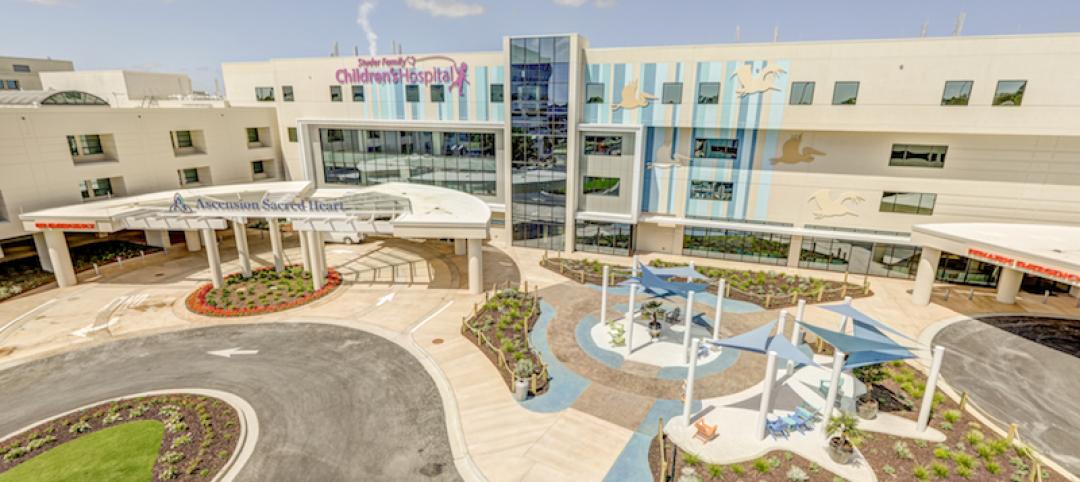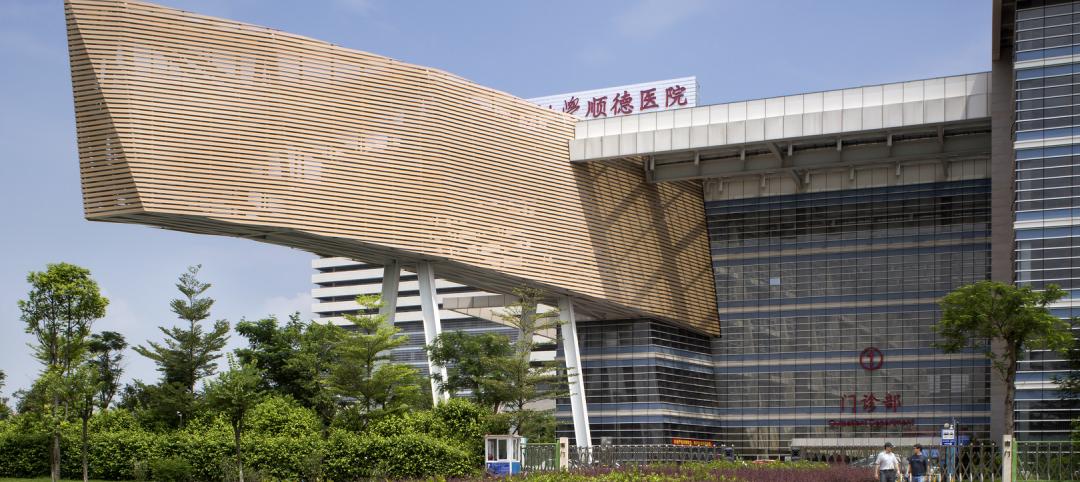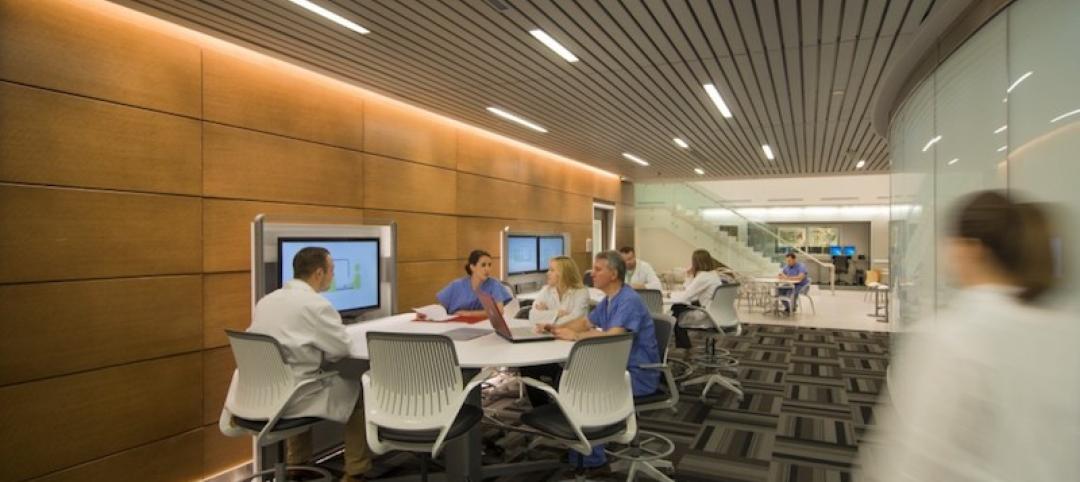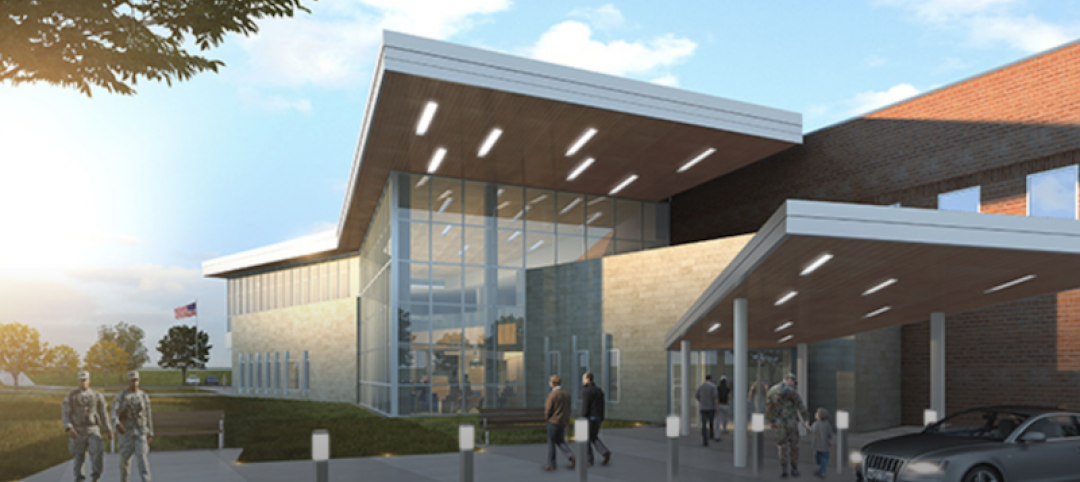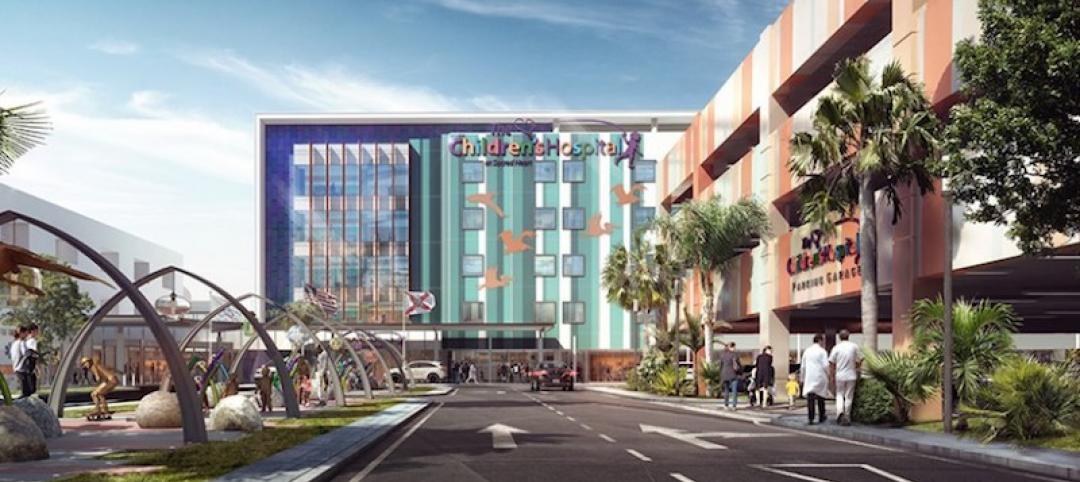The state of healthcare in our nation today is at the brink of significant change, as the passing of healthcare reform impacts everything from how health systems operate to the use of technology in managing and providing care. To help healthcare leaders navigate the increasingly complex environment, DPR Construction (“DPR”), a national technical builder specializing in highly complex and sustainable projects, conducted a year-long study to gather the perspectives of more than 40 CEOs, owners, designers and management consultants. The study found that health economics, healthcare delivery and buildings of the future are three key areas that will become increasingly important to the health industry over the next 10 years.
Using a mix of in-person interviews and online surveys with DPR customers and other leading organizations, DPR’s “Future of Healthcare” study also identified 10 areas of change that will be integral to shaping the industry’s future. These include:
- Accountable Care Organizations
- Pay-for-Performance
- Aging Population
- Electronic Medical Records
- Healthcare Worker Shortage
- Sophisticated Diagnostic and Treatment Equipment
- Handheld Computers and Portable Diagnostic Equipment
- Medical Homes
- Holistic, Patient-Centered Environment
- Evidence-Based Medicine
Health economics
Among study participants, many noted that systems are not fully prepared for the increasing population of aging individuals. When healthcare reform does get fully implemented, 32 million more insured U.S. citizens will skyrocket demand. Both will contribute to an already stressed system, making health economics one of the most critical elements of the industry’s future. While new and upgraded technologies entering the market will put strain on health providers’ and systems’ budgets, being able to deliver health that is patient-centric, centralized and vertically integrated will become increasingly important and help deliver better care while reducing costs.
“We have worked with leading healthcare providers for many years, and we clearly see that 2012 is heading into an unprecedented era in managing health economics. Cash flow is more strained than ever due to continued economic uncertainty and a slow recessionary recovery, making cost cutting a priority for health system executives,” said Hamilton Espinosa, DPR’s National Healthcare Group Leader. “The perspectives of these executives reinforced what we’ve been hearing: providers are seeking to deliver the best care while striving to be cost effective.”
Health delivery
According to the study’s findings, hospitals of the future will only serve acute-care patients. Outpatient facilities will deliver less critical care for less cost, while serving broader regional sites. Detroit-based Beaumont Health System, an 18-year recipient of the “Best Hospitals” ranking by U.S. News & World Report, was one of the study’s participants and discussed the evolution. “The hospital will become just for the highest acuity care. The focus needs to shift to home health, primary care and outpatient care,” said Gene Michalski, CEO of Beaumont Health System.
Additionally, health information technology will remain the backbone of delivery, helping to ensure care is delivered more efficiently to lower overall cost. “We are 20 years behind on IT infrastructure, and IT improvements are taking capital that might otherwise have gone to facilities at this time,” noted study participant John Kemper, CEO of KLMK Group, a leading provider of innovative facility solutions to healthcare owners for more than 25 years.
Buildings of the future
With limited access to capital, many noted that fewer new projects will take place and more renovations will rise, largely driven by the need to meet patient satisfaction standards over the long-term. At the same time, better technology will drive overall innovation in technical construction – meaning buildings of the future will be adaptable, both in terms of patient needs and technology. “As health technologies become more sophisticated and simultaneously require less physical space, server and data center support needs will increase,” said DPR’s Espinosa. “Future building will need to accommodate these trends, with increased emphasis around design and system integration to save on costs.”
Additional operational insights
DPR’s Future of Healthcare study also found that 17% of respondents agreed the formation of Accountable Care Organizations – organizations of healthcare providers who agree to be accountable for the quality, cost and overall care of those enrolled in their program – would have the greatest impact over the next five years, followed by pay-for-performance and the growth of the nation’s aging population (tied at 14 percent). Additionally, growth in implementation of universal platforms of care that offer customizable experiences will also be important, while new kinds of outpatient services will provide many of the medical functions previously confined to the hospital.
For additional study results and findings visit: http://www.dpr.com/assets/docs/the-future-of-healthcare.pdf?/futureofhc. +
Related Stories
Healthcare Facilities | May 24, 2019
Beyond the corner store: Where retail health is headed
New players are redefining what retail health might look like by embracing technologies including mobile apps, telehealth, and artificial intelligence.
Healthcare Facilities | May 16, 2019
ASU Health Futures Center combines a novel design and approach to learning
The trapezoidal shape of the building is an eco-friendly feature.
Healthcare Facilities | May 9, 2019
Construction of new children’s hospital addition in NW Florida had to weather several storms
Patient and staff care were primary concerns during this 25-month project, says its GC.
Healthcare Facilities | May 3, 2019
The healthcare sector is turning to drones to supplement medical services
Leo A Daly’s Miami studio envisions a drone-powered hospital that enhances resilience to natural disasters.
| Apr 26, 2019
Greenwich Hospital upgrades boilers to improve operational efficiency
Greenwich Hospital, in Greenwich, Conn., chooses new Miura boilers.
Healthcare Facilities | Apr 15, 2019
It’s official: China opens first green hospital, designed by HMC Architects
Shunde Hospital of Southern Medical University is the official pilot green hospital for development of China’s green guide for hospital design.
Healthcare Facilities | Apr 12, 2019
New health pavilion completes on the Health Education Campus at Case Western Reserve University
Foster + Partners designed the facility.
Healthcare Facilities | Apr 9, 2019
How healthcare organizations can leverage design and culture's symbiotic relationship
The relationship between workplace design and company culture isn’t all that different from a tango.
Healthcare Facilities | Apr 3, 2019
Patients will actively seek out lower-cost and virtual healthcare in the future
Mortenson’s latest study finds that Millennials’ inclinations toward technological solutions are changing how care is and will be delivered.
Healthcare Facilities | Apr 3, 2019
Children’s Hospital at Sacred Heart addition includes 175,000 sf of new construction
HKS Architects designed the addition.




